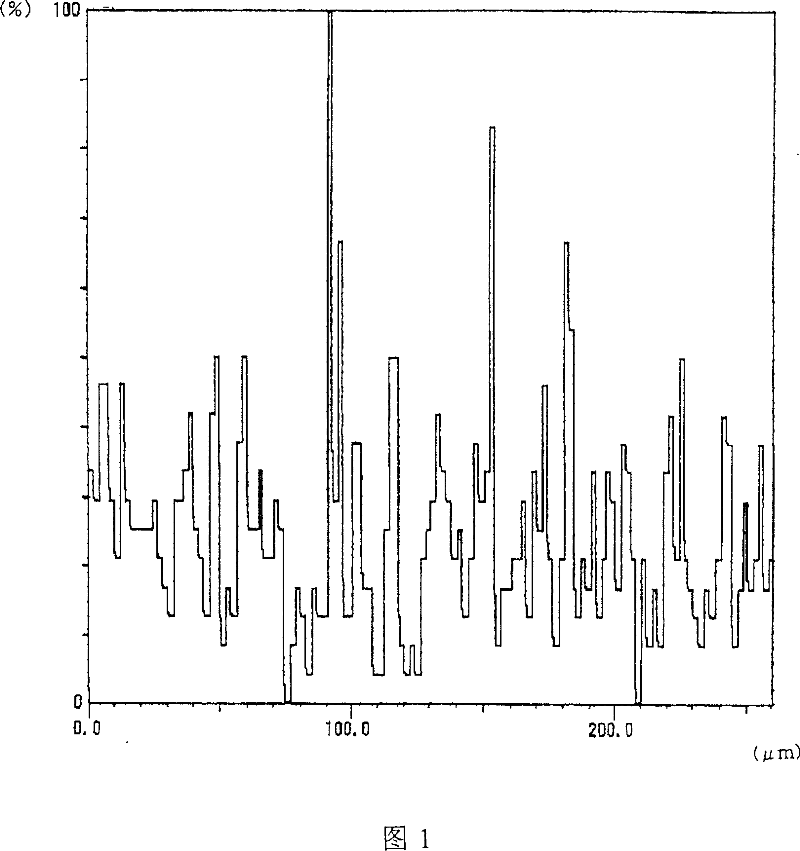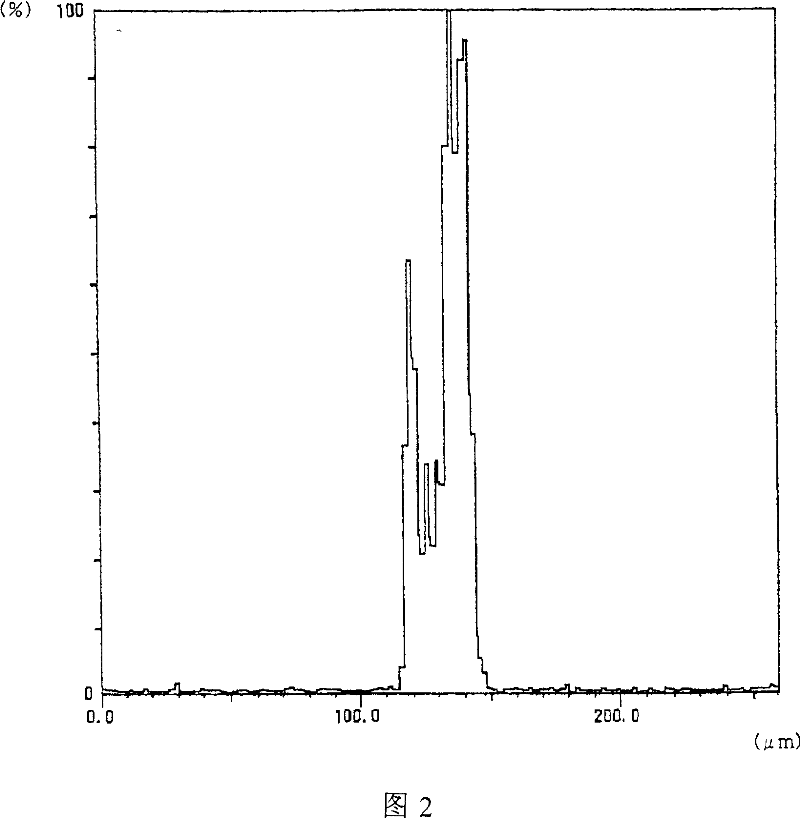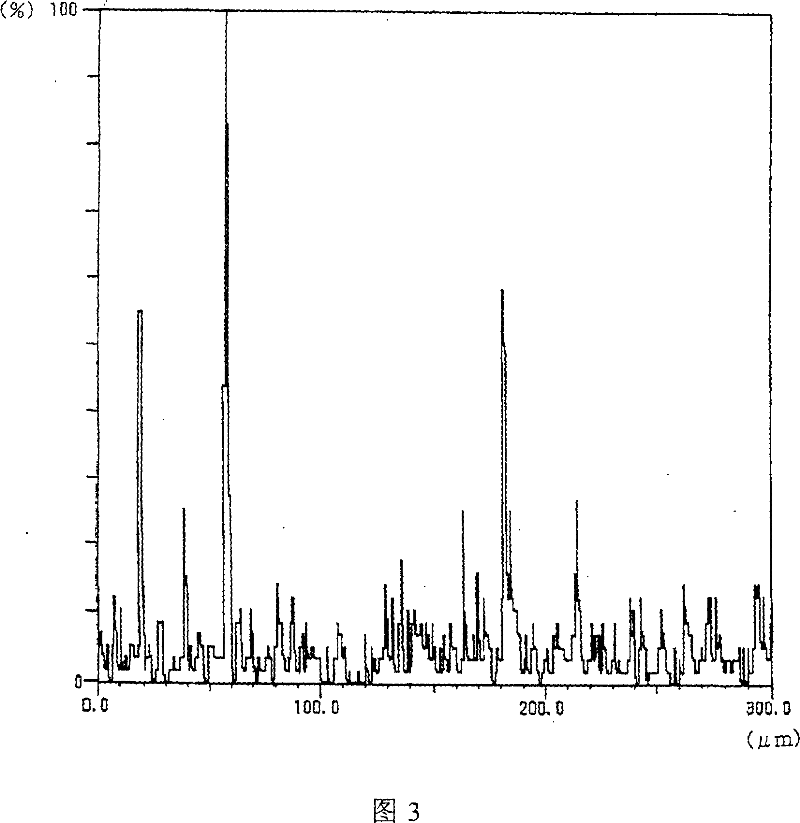Positive pole active matter for non-aqueous electrolyte secondary cell and non-aqueous electrolyte secondary cell
A positive electrode active material, non-aqueous electrolyte technology, applied in the direction of secondary batteries, secondary battery manufacturing, battery electrodes, etc., can solve the problem that it is impossible to obtain cycle characteristics and initial charge and discharge capacity, secondary batteries cannot meet the load characteristics and average Potential and other issues, to achieve the effect of excellent thermal stability
- Summary
- Abstract
- Description
- Claims
- Application Information
AI Technical Summary
Problems solved by technology
Method used
Image
Examples
Embodiment 1-1
[0316]Into the stirred pure water, an aqueous cobalt sulfate solution and an aqueous zirconium oxychloride solution having a predetermined composition ratio were added dropwise. An aqueous solution of zirconium oxychloride was added dropwise so that zirconium would be 0.2 mol% relative to cobalt. Continue to add dropwise sodium hydroxide aqueous solution to make the pH 7-7.5, and rotate at 60° C. at 650 rpm to precipitate cobalt and zirconium to obtain a precipitate. The obtained precipitate was filtered, washed with water, heat-treated, mixed with lithium carbonate, and calcined at 995° C. for 7 hours in the air. In this way, a positive electrode active material was obtained.
Embodiment 1-2
[0318] Into the stirred pure water, an aqueous cobalt sulfate solution and an aqueous zirconium oxychloride solution having a predetermined composition ratio were added dropwise. An aqueous solution of zirconium oxychloride was added dropwise so that zirconium would be 0.04 mol % relative to cobalt. Continue to add dropwise sodium hydroxide aqueous solution to make the pH 7-7.5, and rotate at 60° C. at 650 rpm to precipitate cobalt and zirconium to obtain a precipitate. The obtained precipitate was filtered, washed with water, heat-treated, mixed with lithium carbonate, and calcined at 995° C. for 7 hours in the air. In this way, a positive electrode active material was obtained.
Embodiment 1-3
[0320] Into the stirred pure water, an aqueous solution containing cobalt and nickel in a predetermined composition ratio was added dropwise. Continue to add dropwise sodium hydroxide aqueous solution to make the pH 9, and rotate at 80° C. at 650 rpm to precipitate cobalt and nickel to obtain a precipitate. The obtained precipitate was filtered, washed with water, heat-treated, mixed with zirconium oxide and lithium hydroxide, and calcined at about 750° C. for about 10 hours in an atmosphere of controlled oxygen partial pressure. Zirconia was mixed in an amount of 0.03 mol % in terms of zirconium relative to the precipitate. In this way, a positive electrode active material was obtained.
PUM
| Property | Measurement | Unit |
|---|---|---|
| specific surface area | aaaaa | aaaaa |
Abstract
Description
Claims
Application Information
 Login to View More
Login to View More - R&D
- Intellectual Property
- Life Sciences
- Materials
- Tech Scout
- Unparalleled Data Quality
- Higher Quality Content
- 60% Fewer Hallucinations
Browse by: Latest US Patents, China's latest patents, Technical Efficacy Thesaurus, Application Domain, Technology Topic, Popular Technical Reports.
© 2025 PatSnap. All rights reserved.Legal|Privacy policy|Modern Slavery Act Transparency Statement|Sitemap|About US| Contact US: help@patsnap.com



